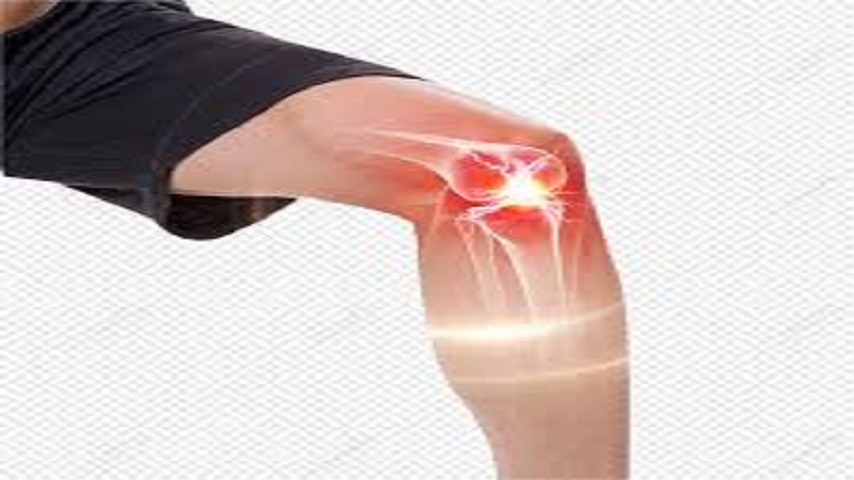Muscle pain, or myalgia, is a common affliction that can disrupt daily life and hinder productivity. Understanding the causes and treatments for muscle pain is essential for anyone seeking relief. This comprehensive guide will delve into the nature of muscle pain, explore its various triggers, and provide effective strategies for alleviating discomfort.
Pain o soma 350 its potent muscle relaxant properties, it works swiftly to alleviate discomfort and restore flexibility, allowing you to get back to living life to the fullest. Say goodbye to muscle-related woes and embrace the comfort and relief offered by Pain O Soma 350mg. Patients need to see this medicine if they have any pain in their muscles and bones. Infections, injuries, and diseases can give rise to muscle aches.
Understanding Muscle Pain
What is Muscle Pain?
Muscle pain can range from mild discomfort to severe agony. It can be acute, appearing suddenly and lasting for a short period, or chronic, persisting for weeks, months, or even years. Muscle pain may be localized to one area or spread throughout the body.
Common Causes of Muscle Pain
There are numerous causes of muscle pain, including:
- Overuse and Strain: Engaging in strenuous physical activities, such as lifting heavy objects or exercising vigorously, can lead to muscle strain and soreness.
- Injuries: Accidents, falls, and direct blows to the muscles can cause significant pain and damage.
- Medical Conditions: Conditions like fibromyalgia, arthritis, and myofascial pain syndrome are known to cause chronic muscle pain.
- Infections: Viral infections, such as the flu, can lead to widespread muscle aches.
- Medications: Certain medications, like statins used for lowering cholesterol, can cause muscle pain as a side effect.
Prosoma 350 is a medicine that contains an active ingredient called carisoprodol. It is classified as a muscle relaxant that is used to treat muscular spasms and other muscle-related discomfort. Carisoprodol works by affecting the nerve transmission in the central nervous system, due to that it results in muscular relaxation. Side effects associated with Prosoma 350 include drowsiness and sedation. Other side effects include headache and dizziness.
Symptoms Accompanying Muscle Pain
Muscle pain can be accompanied by various other symptoms, including:
- Stiffness and Limited Mobility: Painful muscles may restrict movement, making everyday tasks challenging.
- Swelling and Tenderness: Inflammation in the muscles can lead to swelling and tenderness in the affected area.
- Weakness: Severe muscle discomfort can result in temporary muscle weakness, impacting overall strength and function.
- Fatigue: Chronic muscle pain often leads to fatigue, as the body expends more energy dealing with constant discomfort.
Diagnosing Muscle Pain
Medical History and Physical Examination
A thorough medical history and physical examination are crucial first steps in diagnosing muscle pain. Healthcare providers will inquire about:
- Duration and Severity: Understanding the onset and intensity of pain helps in identifying potential causes.
- Activity Level: Assessing physical activity levels can reveal if overuse or strain is the culprit.
- Injury History: Previous injuries may contribute to ongoing muscle pain.
- Associated Symptoms: Identifying other symptoms, such as fever or joint pain, aids in narrowing down the diagnosis.
Diagnostic Tests
Various diagnostic tests may be employed to pinpoint the exact cause of muscle pain:
- Blood Tests: These can detect infections, inflammatory conditions, and other systemic issues.
- Imaging Studies: X-rays, MRIs, and CT scans provide detailed images of muscles, bones, and joints, helping to identify injuries and abnormalities.
- Electromyography (EMG): This test measures muscle electrical activity and can diagnose conditions affecting muscle and nerve function.
Treating Muscle Pain
Home Remedies for Muscle Pain
For mild to moderate muscle discomfort, several home remedies can provide effective relief:
- Rest and Recovery: Allowing the affected muscles to rest is crucial for healing. Avoiding strenuous activities can prevent further strain.
- Ice and Heat Therapy: Applying ice packs can reduce inflammation and numb pain, while heat therapy can relax tense muscles and improve blood flow.
- Over-the-Counter Medications: Nonsteroidal anti-inflammatory drugs (NSAIDs) like ibuprofen can alleviate pain and reduce inflammation.
Physical Therapy
Physical therapy is often recommended for muscle discomfort relief and rehabilitation. A physical therapist can design a personalized exercise program to:
- Strengthen Muscles: Targeted exercises can enhance muscle strength and endurance, reducing the risk of future discomfort.
- Improve Flexibility: Stretching routines can increase muscle flexibility, preventing stiffness and promoting better range of motion.
- Correct Posture: Proper posture can alleviate muscle strain, especially in the back and neck.
Medications for Muscle Pain
For more severe or chronic muscle discomfort, prescription medications may be necessary:
- Muscle Relaxants: These medications can relieve muscle spasms and reduce discomfort.
- Pain Relievers: Stronger pain relievers, including opioids, may be prescribed for intense pain, although they are used with caution due to the risk of dependency.
- Anti-inflammatory Drugs: Corticosteroids and other anti-inflammatory drugs can reduce inflammation and alleviate pain.
Alternative Therapies
Several alternative therapies have shown promise in treating muscle discomfort:
- Acupuncture: This ancient practice involves inserting thin needles into specific points on the body to relieve pain and promote healing.
- Massage Therapy: Professional massage can relax tight muscles, improve circulation, and reduce pain.
- Chiropractic Care: Chiropractors can perform spinal adjustments to alleviate musculoskeletal pain.
Preventing Muscle Pain
Exercise Regularly
Regular exercise is crucial for maintaining healthy muscles and preventing pain:
- Aerobic Exercises: Activities like walking, swimming, and cycling improve cardiovascular health and enhance overall muscle function.
- Strength Training: Lifting weights and performing resistance exercises build muscle strength and endurance.
- Flexibility Exercises: Yoga and stretching routines keep muscles flexible and reduce the risk of injury.
Maintain Proper Posture
Good posture is essential for preventing muscle strain and discomfort:
- Ergonomic Workspaces: Setting up an ergonomic workspace can prevent strain on muscles and joints during prolonged periods of sitting.
- Proper Lifting Techniques: Using correct lifting techniques can avoid muscle injuries and back discomfort.
Stay Hydrated
Hydration is key to muscle health:
- Drink Plenty of Water: Adequate hydration ensures muscles function properly and reduces the risk of cramps and spasms.
- Electrolyte Balance: Maintaining a balance of electrolytes, especially during intense physical activity, is vital for preventing muscle discomfort.
Balanced Diet
A nutritious diet supports muscle health:
- Protein-Rich Foods: Protein is essential for muscle repair and growth.
- Anti-inflammatory Foods: Foods rich in omega-3 fatty acids, such as fish and flaxseeds, can reduce inflammation and muscle discomfort.
- Vitamins and Minerals: Ensuring adequate intake of vitamins and minerals, like vitamin D and magnesium, is crucial for muscle function and discomfort prevention.
When to See a Doctor
While many cases of muscle discomfort can be managed at home, certain symptoms warrant medical attention:
- Severe Pain: Intense pain that does not improve with home remedies or over-the-counter medications.
- Persistent Pain: Muscle discomfort lasting more than a few days or weeks.
- Associated Symptoms: Discomfort accompanied by fever, swelling, or unexplained weight loss.
- Limited Mobility: Inability to move a limb or severe weakness in the muscles.
Seeking medical advice ensures proper diagnosis and treatment, preventing potential complications.
Conclusion
Understanding and treating muscle pain is essential for maintaining a healthy, active lifestyle. By recognizing the causes, employing effective treatments, and implementing preventive measures, we can significantly reduce the impact of muscle discomfort on our daily lives. Remember to consult a healthcare professional for persistent or severe pain to ensure appropriate care and management.









